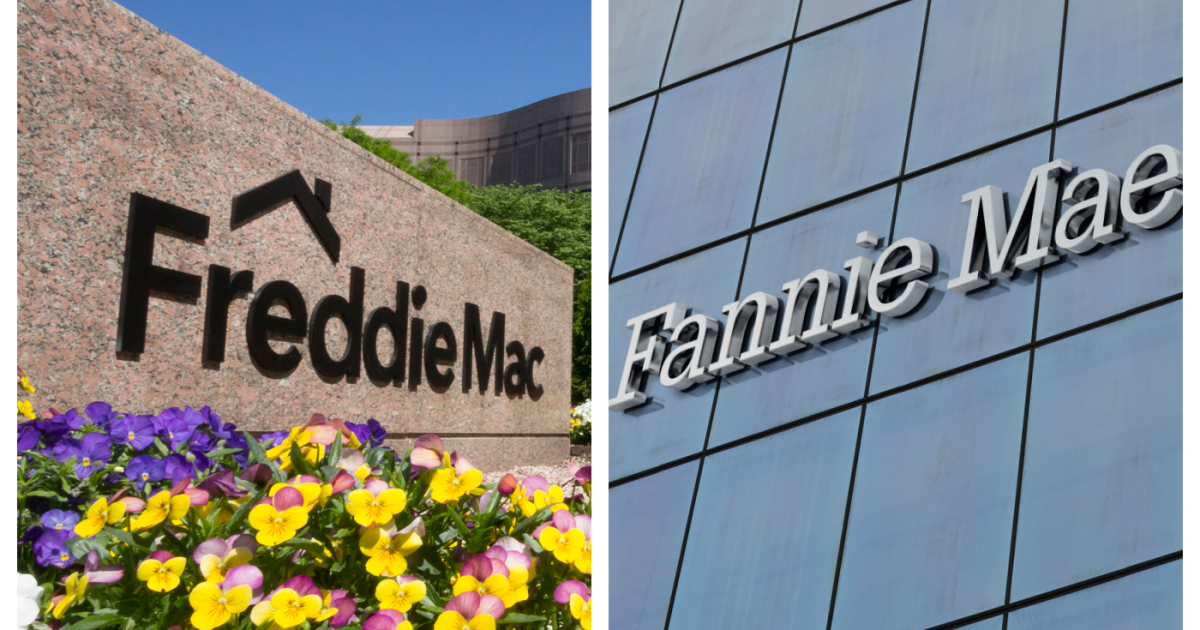
The Federal Housing Finance Agency has put the quasi-public loan buyers it oversees on a course to increase their apartment lending in the new year.
Fannie Mae and Freddie Mac each will start 2025 with a $73 billion maximum for the unpaid principal balance of multifamily mortgages they can buy, up from $70 billion in 2024. They're also keeping in place a workforce housing exclusion put in place for the first time this year.
This marks the first time in two years that the FHFA has increased the cap, which is aimed at allowing Fannie and Freddie to support affordable housing in line without crowding out private capital, but the extent to which they stick with it depends on post-election decisionmakers.
The FHFA can adjust the caps in response to market conditions going forward. The agency generally does not lower the caps even if it determines that the actual size of the market is smaller than originally projected in order to avoid disrupting the market.
When former FHFA Director Mark Calabria took that post in the first Trump administration in April 2019, the multifamily caps increased but previous exclusions for green loans used to finance energy- or water-efficient projects were removed. Those exemptions had been added by Calabria's predecessor Mel Watt, who had been an Obama Administration appointee.
This suggests the current exclusion could be reconsidered or reconstituted if Trump appointees are moved in quickly at the FHFA with a Republican congress, although some think broad based support for less expensive forms of shelter across parties could fuel continuity.
"Hopefully the new administration will continue to look favorably on
While Calabria did remove mission-related exclusions during the first Trump term, he also
This year, the multifamily caps haven't been a big hurdle for lenders because the volume of loans funneled to the GSEs have been low relative to them, but the limits are poised to become more relevant next year, according to Barker.
"The big constraint in the market for agency loan volumes is not the FHFA volume cap. Right now, debt service issues and low sales transaction volumes are limiting agency volumes," he said.
Year-to-date through October of this year, multifamily volumes have been well below the cap, totaling $38.4 billion for Fannie and $43.8 billion at Freddie, according to a Keefe, Bruyette & Woods report issued Monday.
"As lenders begin to force distressed properties to sell at market prices, the price of multifamily properties should start to match the current interest rate environment and volumes should pick up," Barker said. "Once prices have reset to match the current interest rate environment and distressed properties trade hands, that will set the market up for growth in sales transactions."
Bob Broeksmit, president and CEO of the Mortgage Bankers Association, said in a report issued in response to the 4% increase in multifamily loan caps that he anticipates a mild rise in activity next year.
The MBA is urging the Trump administration and future congressional leaders to support cap exemptions and broader moves to increase rental home supply and affordable housing initiatives.
While it's uncertain how the next round of public officials will regard the caps, one FHFA multifamily policy instituted under the Biden administration that some trade groups foresee being rolled back during a second Trump term is
"I think you're going to be seeing a quick retreat from some of the flirtation with these tenant protections implemented through the GSE loan agreements," said David McCarthy, managing director and chief lobbyist at the Commercial Real Estate Finance Council, in an interview.



